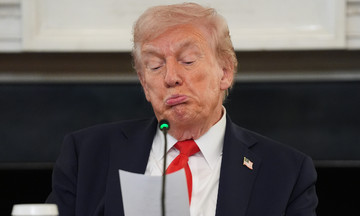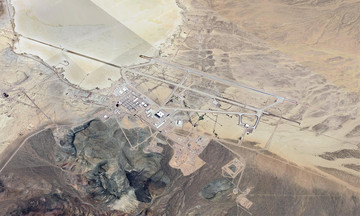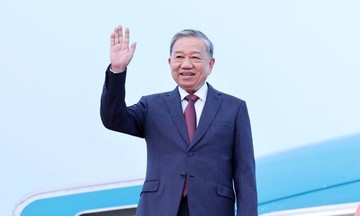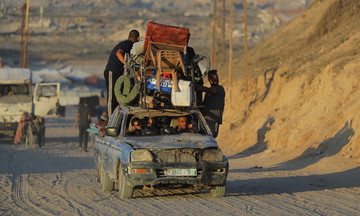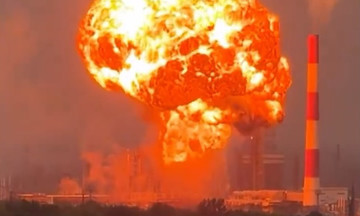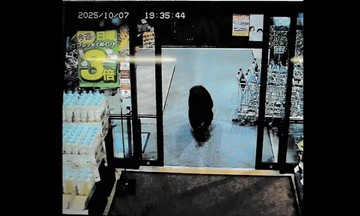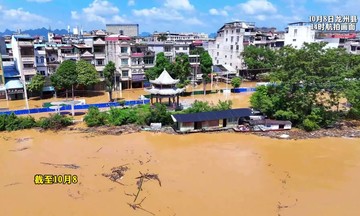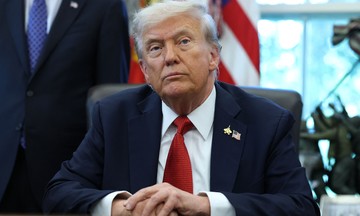President Trump's helicopter, Marine One, experienced a "minor mechanical issue" with its hydraulics system on September 18th, according to White House spokesperson Karoline Leavitt. The incident occurred en route from the British prime minister's residence at Chequers to Stansted Airport in London.
As a precaution, the Marine One crew diverted to Luton Airport. The president and first lady Melania Trump then boarded a backup helicopter to continue their journey. They later landed at Stansted Airport and boarded Air Force One for their return to the US without further incident.
"Marine One" is the official designation used by the US Marine Corps for any helicopter carrying the US president. It’s used to avoid confusion with other aircraft. The president typically uses helicopters for short to medium-distance travel when Air Force One or a motorcade is not feasible.
Aviationist reports the helicopter involved was one of three VH-3D Sea Kings deployed to the UK for President Trump's visit. The aircraft reportedly remained at Luton Airport for inspection.
The VH-3D Sea King has a top speed of about 260 km/h and a range of 725 km with one fuel tank, sufficient for travel between nearby airports and cities. For presidential trips abroad, the helicopters are transported to staging areas by strategic airlifters.
The VH-3D is the only Sea King variant still in active US military service, with some aircraft dating back decades. However, these helicopters are meticulously maintained, have low flight hours, and are considered relatively reliable.
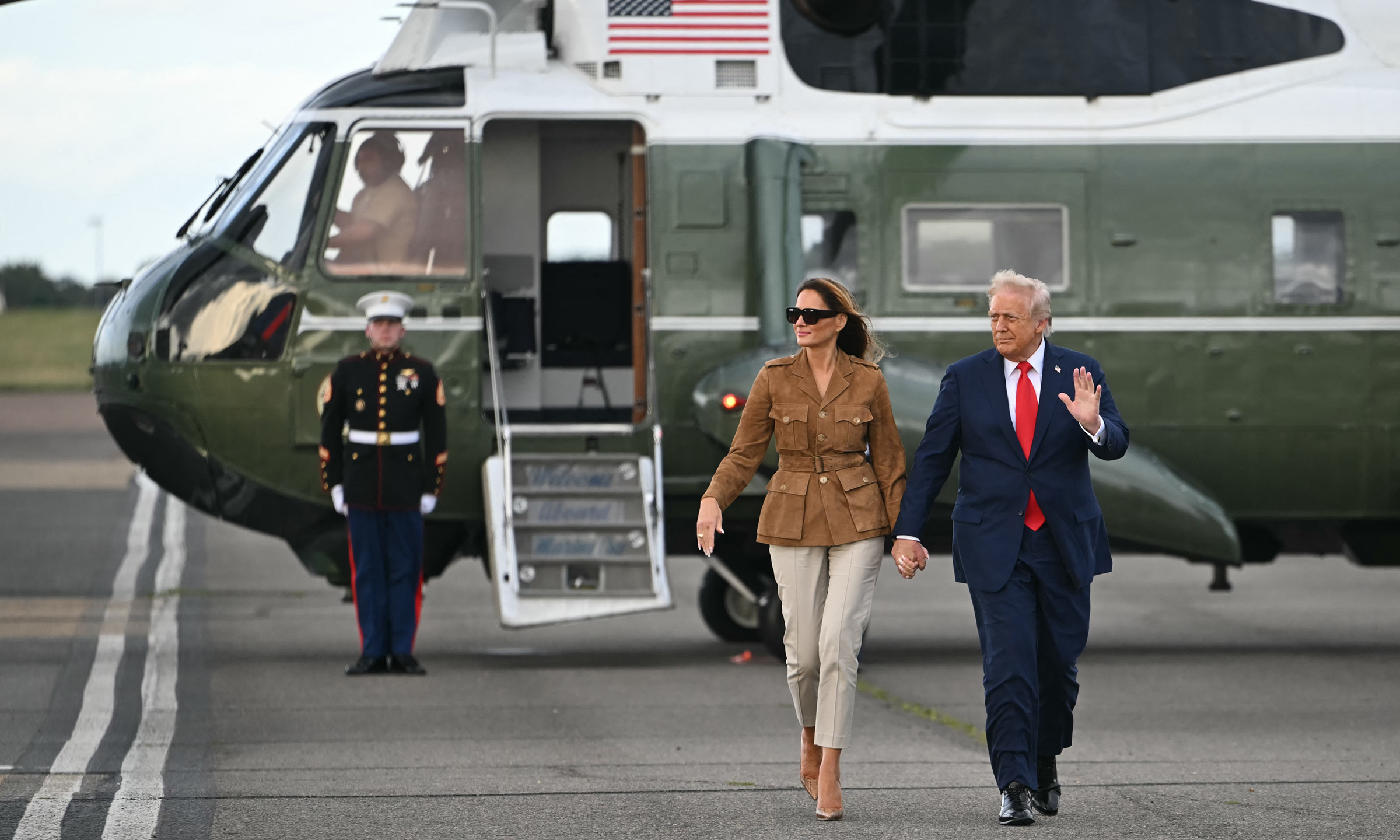 |
President Trump and the first lady leave the helicopter to board Air Force One at Stansted Airport on 18/9. Photo: AFP |
The US plans to retire the VH-3D in 2026, replacing it with the newer VH-92A Patriot. The Patriot project, launched in 2014, is based on a militarized version of the Sikorsky S-92 multi-purpose transport helicopter. 23 aircraft were ordered for 4.7 billion USD in 2015, equivalent to over 6 billion USD today.
However, unresolved issues with the VH-92A have led to continued reliance on the VH-3D.
Pham Giang (According to Aviationist, Newsweek)




